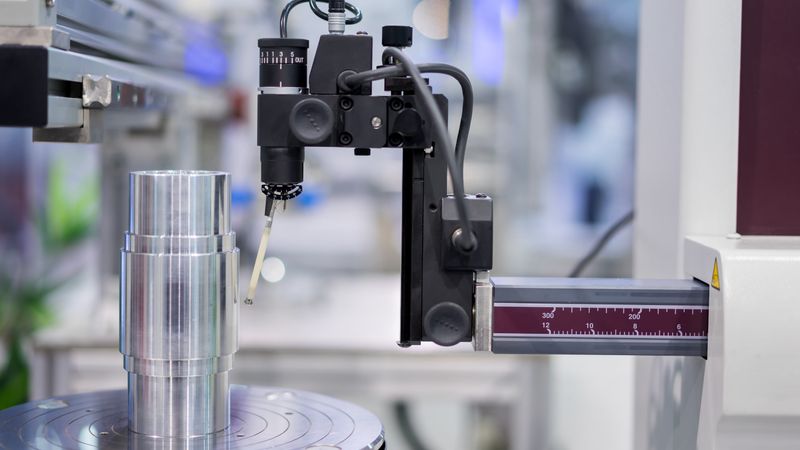The comprehensive guide to CMM technologies
New report: Exploring CMM technologies for quality assurance of sheet metal parts.
Just launched: The Engineer’s Guide to CMM Technologies
The Engineer’s Guide to CMM Technologies, provides an in-depth evaluation of the latest Coordinate Measuring Machine (CMM) technologies used for quality assurance in manufacturing. It covers traditional, optical, and multisensor CMMs, detailing their precision, performance, and application in complex industrial environments. With key considerations for selecting the right quality control solutions, this comprehensive guide is essential for manufacturers looking to optimize their processes and meet stringent industry requirements.
Whitepaper Highlights
- In-Depth Technology Comparison: Discover the strengths and limitations of traditional, optical, and multisensor CMMs. The guide details how each type performs based on part complexity and industry needs, helping you choose the best tool for your specific requirements.
- Advanced Software and Algorithms: Learn how cutting-edge inspection software and algorithms enhance measurement accuracy and efficiency. The report covers the role of software in processing data, complying with Geometric Dimensioning and Tolerancing (GD&T) standards, and automating tasks.
Choosing the Right System: Find out what factors to consider when selecting a CMM system, including industry demands, technological needs, portability, and automation compatibility.
Evaluating the Precision and Performance of Various CMMs
Quality control is a critical component in modern manufacturing, particularly for industries such as aerospace and automotive, where precision directly affects the performance and safety of final products. This report delves into the precision and performance of various types of coordinate measuring machines (CMMs), shedding light on their respective advantages and limitations, as well as key considerations when choosing a quality control solution such as:
Traditional CMMs
- Dive into the advantages of tactile probe systems for highly accurate measurements and their limitations with complex or delicate parts.
Optical CMMs
- Read how non-contact methods using lasers and photogrammetry can speed up measurement processes while preserving precision, especially for intricate or large components.
Multisensor CMMs
- Explore how integrating various measurement technologies into a single system offers versatility and comprehensive inspection capabilities, along with the need for advanced software to manage data.
Inspection Software and Processing Algorithms
The evolution of CMMs is not solely hardware-based. Inspection software plays a vital role in enhancing accuracy and automation in quality control. The whitepaper delves into modern CMM software which include advanced processing algorithms that can correct for errors, improve measurement precision, and ensure compliance with Geometric Dimensioning and Tolerancing (GD&T) standards.
Data Analysis: Learn how CMMs generate extensive data that must be meticulously processed to verify part specifications. Advanced software algorithms play a crucial role in this process, extracting key geometric features and comparing them against design tolerances to ensure precision.
GD&T Compliance: Discover how automated CMM software simplifies adherence to Geometric Dimensioning and Tolerancing (GD&T) standards. By automating the comparison of measurement data with GD&T specifications, this software enhances quality consistency and reduces manual inspection efforts.
Boosting Automation: Explore the benefits of automated CMM systems, which require minimal human intervention and streamline the inspection process. Integration with production lines enables real-time quality control, facilitating the quick identification and correction of defects to improve overall production efficiency.
Download the report to explore how these technologies helped a European car manufacturer enhance production efficiency.


